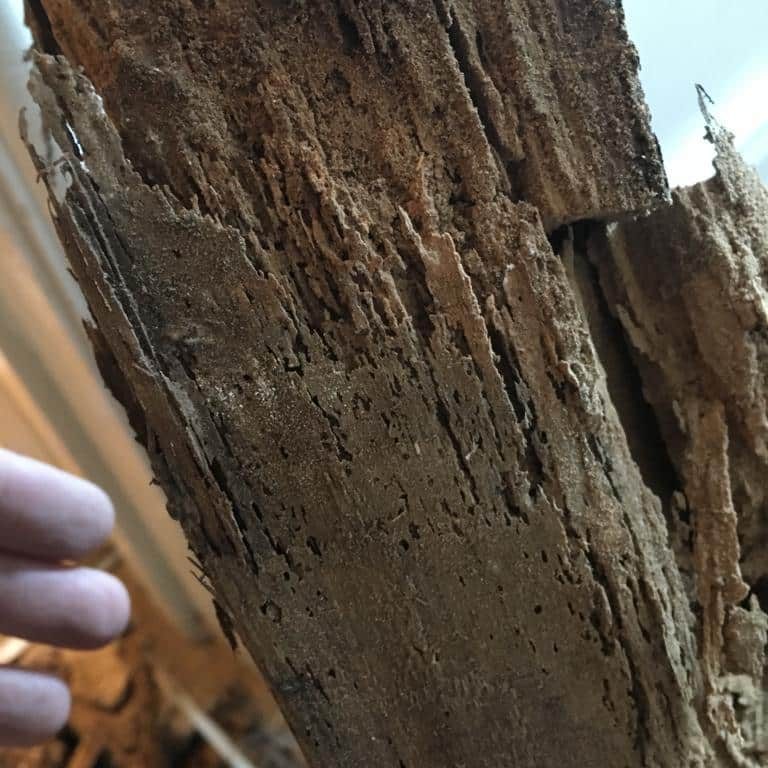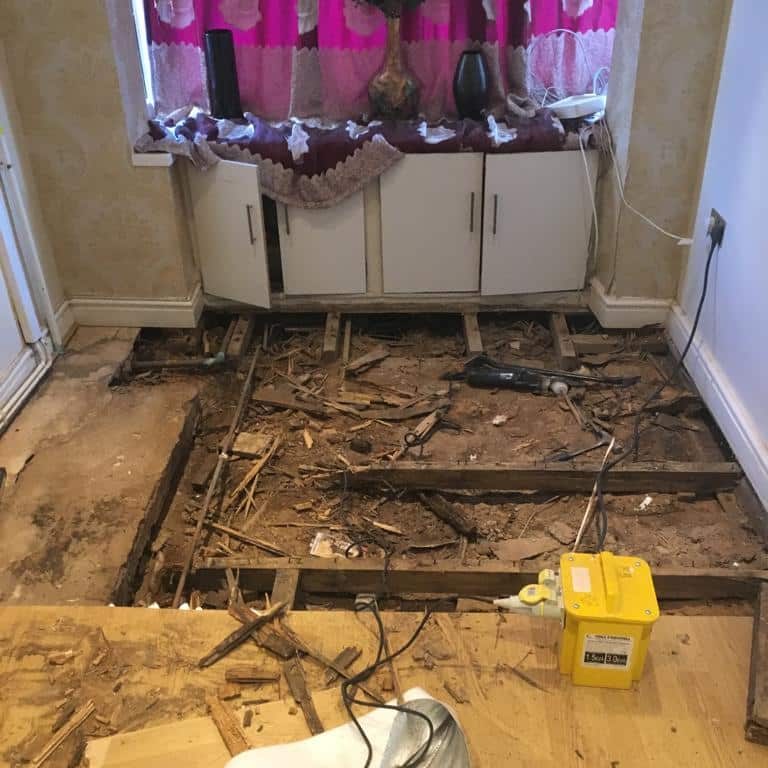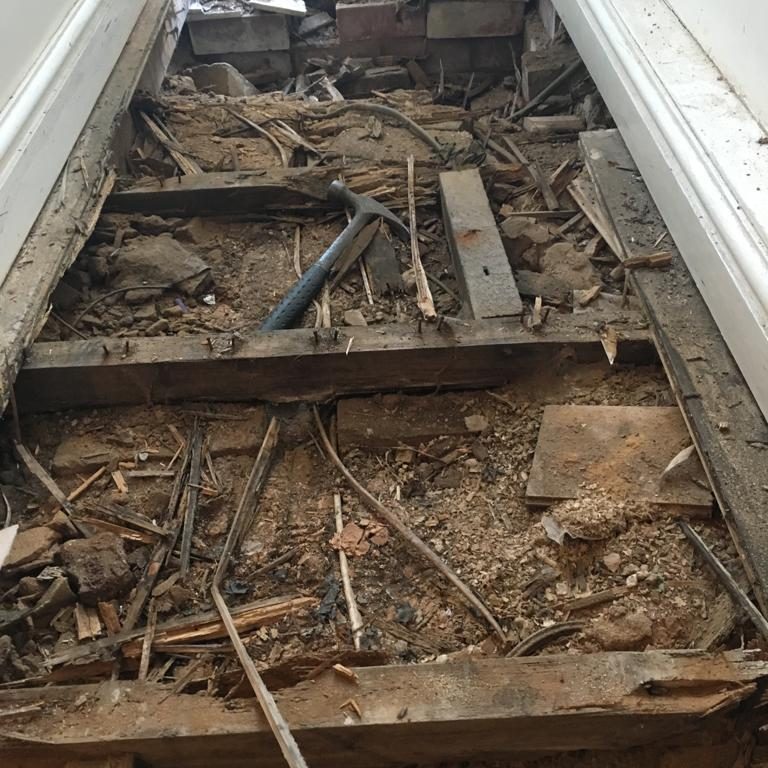The most harmful type of fungal degradation is dry rot. It targets the wood in structures and eats the components that give the wood its strength.
Because it can produce moisture through the digestion of wood, it can grow in the absence of any moisture source. As soon as dry rot begins to develop, the building's structural stability may suffer significant harm.
If you suspect that you may have dry rot, you should immediately make arrangements for a specialist to conduct a survey and treat it. All of the afflicted wood might need to be removed and replaced if the dry rot is not quickly recognised and treated.
Dry Rot
There are four main stages in the dry rot lifecycle:
Spores – The spores of dry rot fungus are found in the air. There are almost always traces of it around. Spores do not become active until they are provided with food (timber), moisture (around 20%), and air.
Hyphae – In moist timber, the spores start to form fine white tendrils called hyphae that penetrate and decompose the wood. As strands of cobweb, they pull moisture from the timbers like roots and transport it to other parts of the wood.
Mycelium – A cotton-like substance named mycelium is formed when these hyphae combine and grow together. As mycelium spreads, it looks for new timber to grow on.
Fruiting Body - After reaching the final stage, the fungus forms a mushroom-like body. As the dry rot fungus spreads from the center of this body, it releases new spores (red in colour) that hitch a ride on the air to spread to other parts of the body.


Why do you have Dry Rot?
Although dry rot spores are present in the air, they only cause trouble when the correct circumstances arise for them to develop. These circumstances entail wet wood that is open to the air and has a moisture level of about 20%.
Dry rot is typically the consequence of moisture in the wood caused by some kind of construction flaw. As a result, the following factors frequently lead to dry rot in homes:
- leaky downpipes and gutters
- overflowing moisture
- a lack of ventilation
- ascending damp
How to Identify Dry Rot
Dry rot can be challenging to spot, especially in its early stages. Later in the lifecycle, dry rot is best detected by mycelium and fruiting bodies.
The following are some possible signs of dry rot:
- White mycelium that is fine and fluffy is covering the wood. Among the mycelium, brittle threads might form.
- Patches of greyish-white "skin" with yellow and violet undertones
- Fruiting body resembling a mushroom; soft, fleshy, and shaped like a pancake or bracket; often orange in colour, rust-colored in the middle, and with broad pores.
- Red spore-produced dust, frequently observed near fruiting bodies
Are you unsure if you have dry rot?, contact CGT Carpentry for dry rot treatment if you notice any symptoms or smells.

